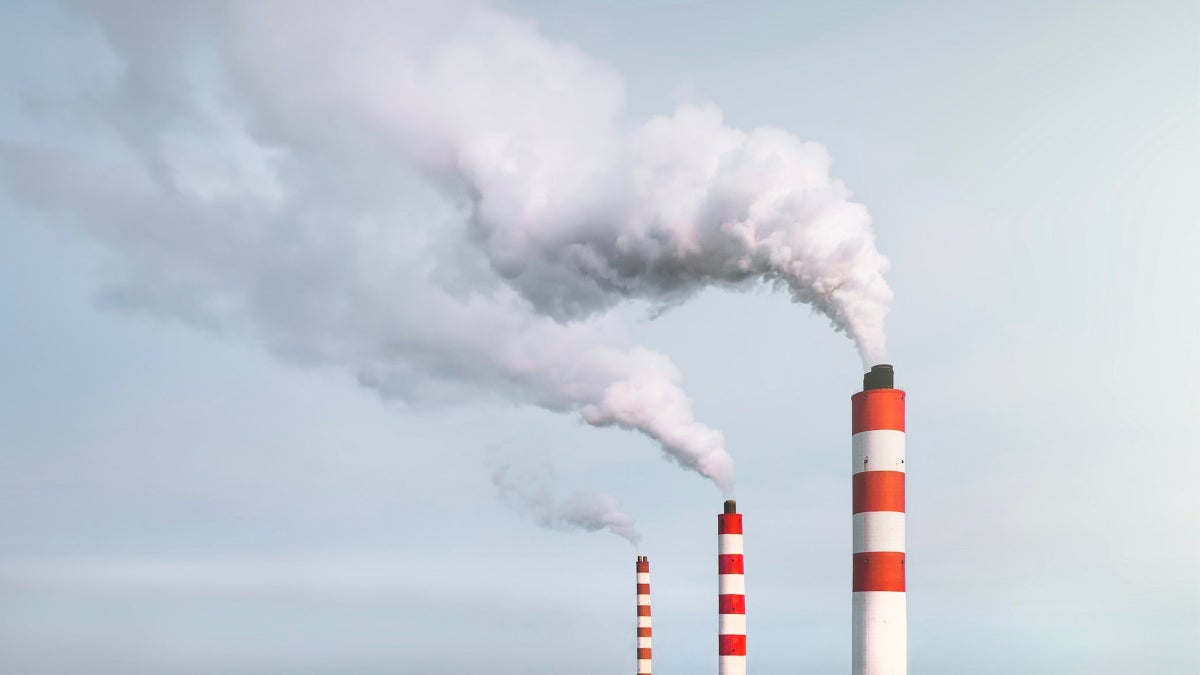Products You May Like
Receive $50 off an eligible $100 purchase at the Outside Shop, where you’ll find gear for all your adventures outdoors.
Sign up for Outside+ today.
COVID-19 has brought legions of new enthusiasts to the outdoors, but climate change threatens to send them right back inside.
That’s a key takeaway from a new study, “Global Environmental Change: Climate change and the demand for recreational ecosystem services on public lands in the continental United States,” by Emily J. Wilkins, Yoshimitsu Chikamotoc, Anna B. Miller, and Jordan W. Smith of Utah State University.
In the study’s abstract, its authors argue that while more people are benefiting from outdoor recreation opportunities, “Changes in climatic conditions are likely to shift the spatial and temporal demand for recreational ecosystem services. To date, little is known about the magnitude and spatial variability in these shifts across large geographic extents.”
The climate change study’s authors used “14 years of geotagged social media data to explore how the climatological mean of maximum temperature affects the demand for recreational ecosystem services by season across public lands in the continental United States.”
Their findings suggest “the total demand for recreational ecosystem services across the continental U.S. is expected to decline under warming temperatures. However, there is a large amount of variation in where, when, and by how much, demand will change. The peak season for visiting public lands is likely to lengthen in the continental U.S. as the climate continues to warm, with demand declining in the summer and growing in the off-season.”
In an interview with Wilkins, the study’s lead author, KUNR Morning Edition host Noah Glick asked her to share her key takeaways from the team’s research.
“Across the whole U.S., we were finding that in the summer, as temperatures warm, we would expect to see visitation decrease at many parks and protected areas,” Wilkins said. “I guess, in a lot of places, it’s going to be getting too warm that people are no longer going to want to be visiting in the summer necessarily.”
In other words, demand for recreation on public lands will shift, creating a massive sea change for businesses that cater to outdoor enthusiasts—brands, retailers, adventure guides, and even non-outdoor shops in towns that serve as gateways to national parks and other recreation hotspots.
Toss in other environmental factors, such as wildfires, and the prospect of a rapidly shifting outdoor recreation economy grows exponentially.
One “positive” note in this otherwise alarming study: Warming temps may provide an opportunity in regions known for winter activities such as skiing to begin offering or expanding summer activity options.
“In the winter, as temperatures continue to warm, more people are going to want to be visiting parks and protected areas in the winter than they have in the past,” Wilkins said. “I think some types of people might actually have more opportunity to recreate on public lands. For instance, people who really like mountain biking. As the climate warms and there’s less snow, that also expands the mountain biking season or the hiking season. So it’s not necessarily good for everyone, but I think certain groups of people might have longer seasons where you can be outdoors in—and I think that’s a positive.”
